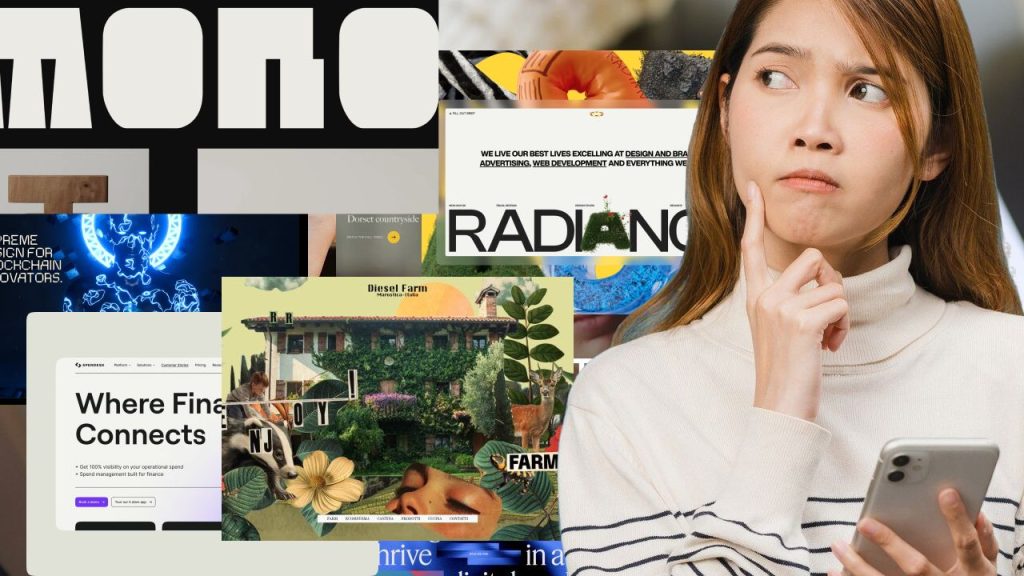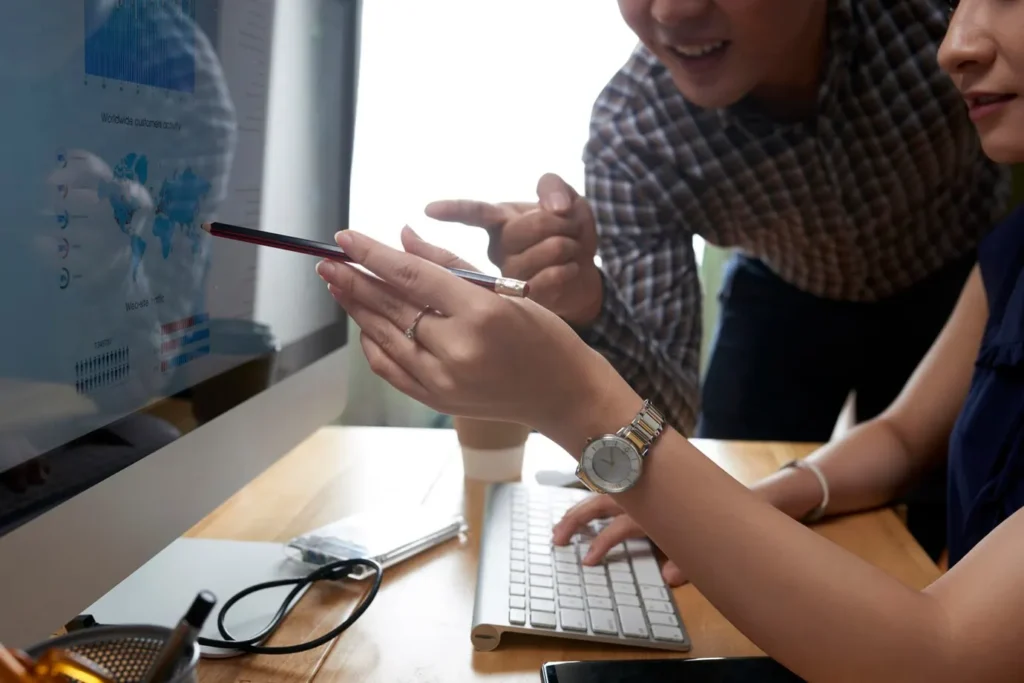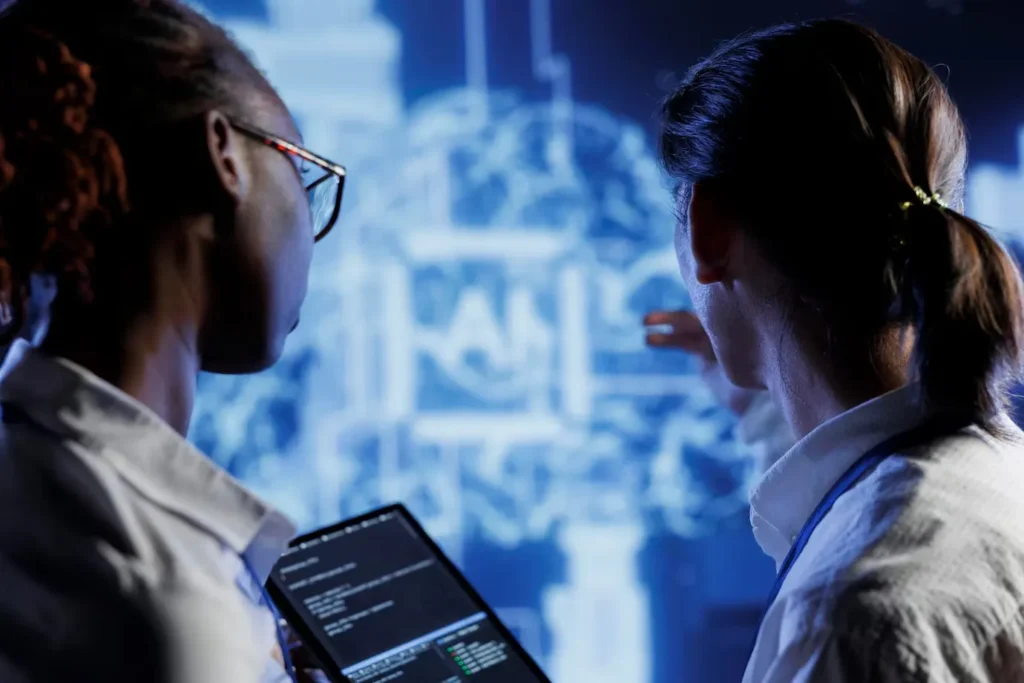As we move closer to 2025, web design continues to evolve at an exciting pace. With the rise of new technologies, changing user expectations, and growing concerns over sustainability, designers are finding new ways to create websites that are not just functional but also captivating and environmentally responsible. In this article, we’ll dive into the web design trends that will shape the digital landscape in the coming years. From bold typography to immersive experiences, there’s a lot to look forward to!
Sustainable Web Design
The Push for Greener Websites
Sustainability is no longer just a buzzword—it’s becoming a key consideration in web design. As the digital world grows, so does its impact on the environment. Websites consume a significant amount of energy, especially those filled with heavy images, videos, and animations. In 2025, expect a stronger focus on reducing digital carbon footprints.
Designers are getting smarter about their coding practices, optimizing media, and ensuring that websites are as energy-efficient as possible. This might mean fewer unnecessary animations or images that take up massive amounts of data. In a way, it’s about creating “lean” websites—ones that don’t weigh down the planet while still offering an enjoyable user experience.
Another important part of this movement is green hosting. More companies are moving toward energy-efficient hosting services, which use renewable energy to power their servers. So, in 2025, when you visit a site, it might not just be fast—it could also be doing its part for the planet!
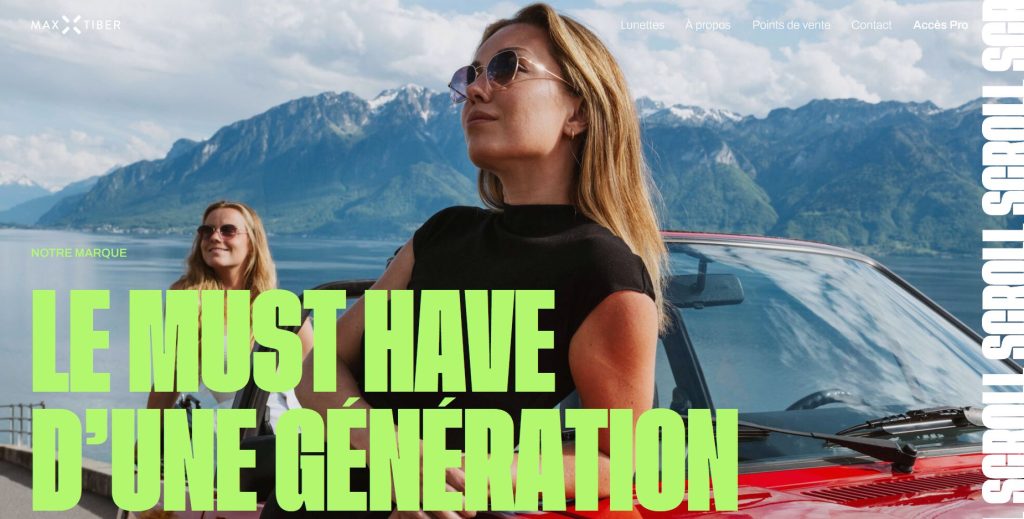
Bold and Expressive Typography
Bigger and Bolder Fonts
In the world of web design, typography is becoming more than just a tool for readability. It’s evolving into a key part of a website’s identity and overall aesthetic. One of the biggest trends we’ll see in 2025 is bold, expressive typography. Designers are pushing the envelope with large, eye-catching fonts that instantly capture attention.
This trend goes beyond just using big text for headlines. We’re talking about fonts that truly reflect the personality of the brand, whether it’s sleek and modern, vintage, or something completely unique. Variable fonts—fonts that change their appearance depending on screen size or user interaction—will also be more common. They allow for more dynamic and adaptive designs that feel alive, without sacrificing performance.
The focus on typography not only helps in building a brand’s voice but also enhances the website’s usability. By using fonts that load quickly and adapt to different devices, designers ensure a smooth and cohesive experience, no matter the device.
Anti-Design and Human Touch
Breaking the Rules for Authenticity
Web design is starting to get a little rebellious. “Anti-design” refers to breaking the traditional design rules, embracing imperfections, and prioritising authenticity. This is about moving away from overly polished, uniform layouts and opting for more chaotic, unique designs that feel personal and real.
Expect to see more asymmetry in layouts, where elements don’t align perfectly, and the use of raw, hand-drawn illustrations. These human touches make websites feel less mechanical and more like something created by a person, for people. It’s all about offering a connection between the brand and its users—one that feels genuine and not overly manufactured.
This trend is especially appealing to brands that want to stand out in a sea of perfect, cookie-cutter websites. By embracing imperfection, they tap into a more human, approachable side that users will connect with.
Experimental Navigation
Making Navigation Fun
Traditional navigation is so… well, traditional. In 2025, navigation is going to get a whole lot more interesting. We’re seeing designers experiment with new ways to help users navigate a site that’s both fun and functional.
Instead of the usual top bar or side menu, expect interactive, cursor-driven navigation where your mouse movement dictates what happens on the page. There’s also the rise of parallax scrolling, where elements on the page move at different speeds, creating a dynamic, immersive experience. This isn’t just for looks—it encourages users to stay on the site longer, exploring all the interactive elements and hidden features.
By combining aesthetics with functionality, experimental navigation turns browsing into a mini adventure. It keeps users engaged and even makes mundane tasks like finding a menu feel a lot more exciting.
Micro-Animations and Interactive Elements
Little Details That Make a Big Difference
Ever notice how websites seem to come alive with little touches like hover effects, animated buttons, or subtle transitions? In 2025, expect these micro-animations and interactive elements to play an even bigger role in web design.
These tiny animations are more than just eye candy. They guide users through the site, provide feedback on actions, and add personality to an otherwise static page. Think about how satisfying it is to hover over a button, and it changes color or grows slightly—those kinds of interactions are what make a website feel polished and well thought out.
Micro-animations also contribute to a smoother user experience. For example, when a page loads or an item is added to a cart, you might see a quick animation that reassures you everything is working as it should. This attention to detail makes all the difference in creating a seamless and enjoyable experience.
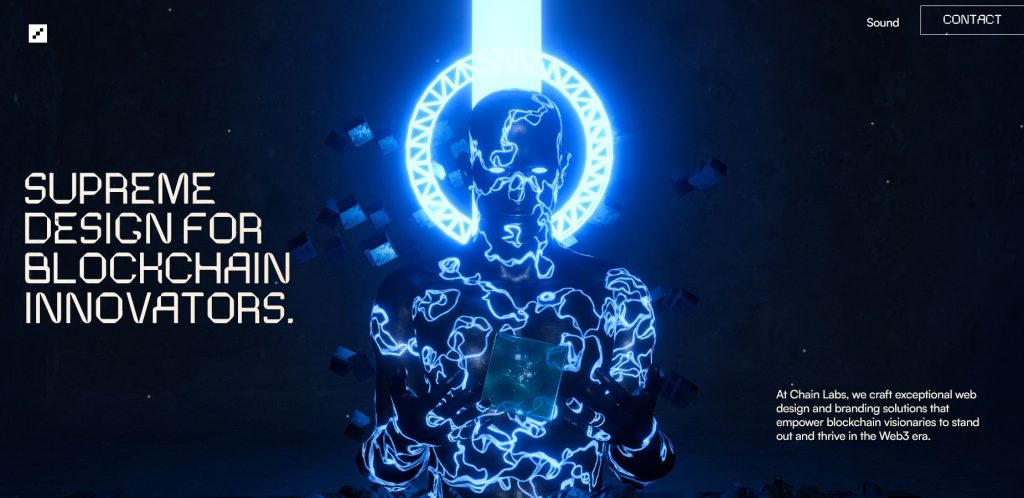
Dark Mode and Low-Light Design
Comfort for the Eyes
Dark mode isn’t just a trend—it’s becoming a necessity. As more people spend hours each day browsing the web, they’re demanding options that reduce eye strain. In 2025, dark mode will be an integral part of website design, giving users the choice to switch to a darker interface that’s easier on the eyes, especially at night.
Dark mode can also be easier on battery life, particularly for OLED screen users. But the real appeal is in the comfort it offers. By providing an option to switch, designers can cater to users who prefer darker backgrounds for extended browsing sessions.
Expect more websites to adopt dark mode as the default, with the option to toggle back to a light mode if desired. It’s all about giving users control over their experience and enhancing accessibility.
In addition to dark mode, interesting black and white website designs are gaining popularity, offering a minimalist and timeless aesthetic. These designs, often relying on stark contrasts and bold typography, can create a visually striking experience while maintaining clarity and ease of navigation. Whether combined with dark mode or used independently, black and white palettes are an excellent choice for websites that aim for a sleek, modern, and visually appealing look.
Custom Illustrations and Organic Shapes
Moving Away from Stock Images
In the past, many websites relied on stock images to fill space, but in 2025, that’s changing. Custom illustrations are taking the spotlight as designers move away from generic, overused stock photography. Custom art gives brands a unique visual identity that’s hard to replicate and adds a more personal touch to the website.
Along with these illustrations, we’re also seeing a rise in organic, fluid shapes. These shapes break away from the rigid, geometric designs that have dominated web design for years. Think of wavy lines, curves, and abstract shapes that create a softer, more relaxed feel. These elements inject a sense of creativity and fun into a website, making it feel less corporate and more human.
3D and Immersive Experiences
Bringing Websites to Life
In 2025, expect 3D elements to become a regular part of web design. While it may have been a novelty in the past, 3D graphics are now becoming more practical and accessible. Whether it’s a rotating product, a 3D logo, or an interactive environment, 3D visuals are a great way to immerse users in the content.
This trend also ties in with augmented reality (AR) and virtual reality (VR), which are starting to gain traction in web design. With AR, users might be able to visualize products in their own homes before buying, or explore an immersive virtual world built right into the website.
These technologies are transforming the way we interact with websites, providing richer, more engaging experiences. It’s no longer just about browsing; it’s about experiencing.
Minimalist and Monochromatic Designs
Clean, Simple, and Focused
Sometimes less is more, and that’s exactly the philosophy behind the minimalist design trend. In 2025, we’ll see more websites embracing clean, simple layouts that focus on the essentials. Clutter is out, and streamlined, intuitive interfaces are in.
Monochromatic color schemes are a key part of this trend, where a single color (often with different shades) dominates the design. This creates a harmonious and sophisticated look while helping to keep the user’s attention on the content, rather than on the visual noise around it.
Minimalist designs are all about creating an experience that’s easy to navigate, visually appealing, and doesn’t overwhelm the user with too much information at once.

Voice-Activated Interfaces
Navigating by Voice
In 2025, voice-activated interfaces will start to become a regular feature on websites. With the rise of smart speakers and virtual assistants, voice search and commands are becoming second nature for many users. Websites that integrate voice navigation will provide a more hands-free, accessible experience, especially for those with disabilities or people on the go.
Voice search is already influencing SEO, and its role in web design will only grow. Designers will need to ensure that websites are optimized for voice commands, making it easier for users to find what they need without ever lifting a finger.
Conclusion
As we look ahead to 2025, it’s clear that web design will be about more than just creating visually appealing sites. It’s about providing users with sustainable, engaging, and seamless experiences that they can connect with. From bold typography and experimental navigation to immersive 3D elements and voice-activated features, the web will continue to evolve in ways that are both exciting and user-friendly. So, whether you’re a designer, a business owner, or a curious web user, there’s a lot to look forward to in the world of web design!

